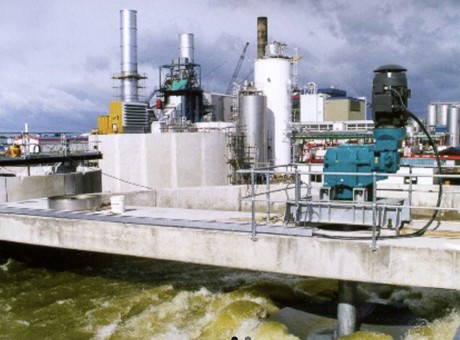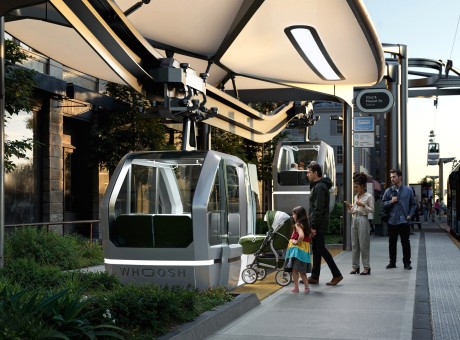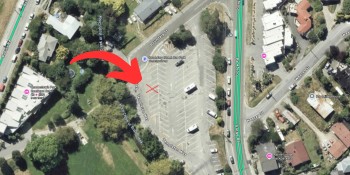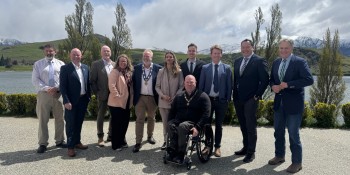Mystery poles popping up in Wānaka, Queenstown serve purpose
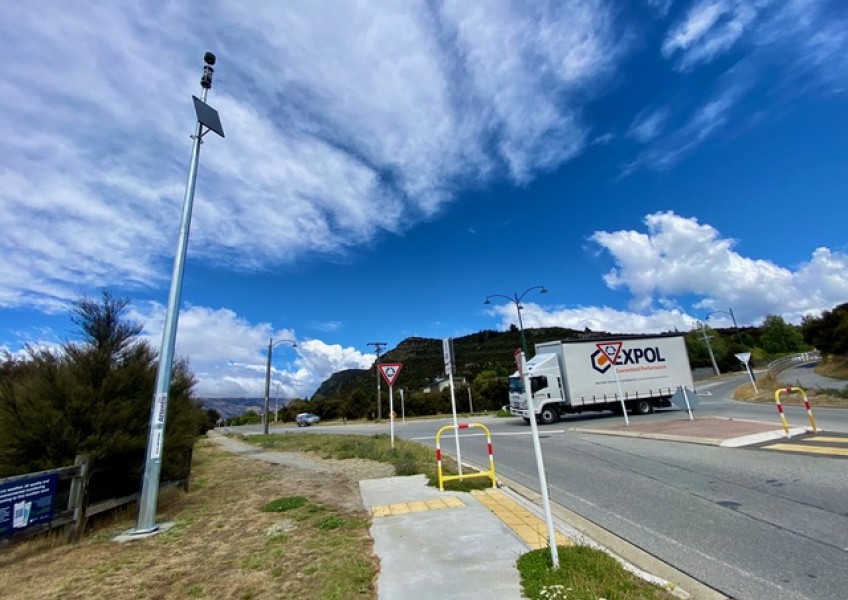
A joint initiative involving Spark New Zealand and the Queenstown Lakes District Council has seen weather poles installed around the Ben Lomond and Mount Iron Reserves in Queenstown and Wānaka to assist with early fire detection and provide climate updates.
Mounted onto the 8.5-metre poles are environmental sensor units that can monitor air quality, temperature and rainfall, and carry out visual and thermal, as well as transmit this information in real time.
The climate updates sourced from the poles are available for the public to see via an app 'Attentis - smart sensors', and on an online web portal.
The project, which includes ten sensors across the two towns, comes with a start-up cost of $393,000, with an ongoing annual cost for monitoring and maintenance of $30,000.
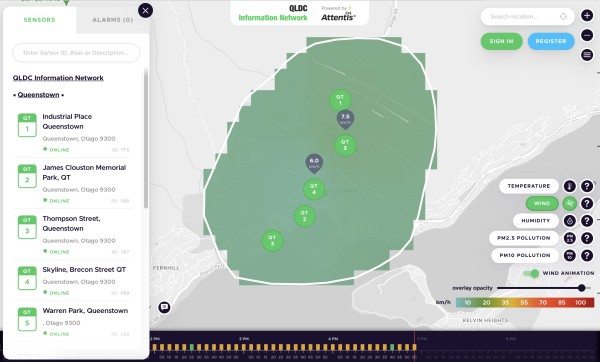
Data available to the public via the online web portal.
The location of the poles at the bottom of the two reserves was chosen in consultation with wildfire experts; most fire incidents over the past 10 years have occurred on this urban boundary.
Fires starting in this area are difficult to control due to the geography of the steep slopes, high amounts of vegetation and limited access points.
The project's been launched as a trial between the council, Spark New Zealand, and Australian technology firm Attentis, with involvement from Fire and Emergency New Zealand. The weather poles have also been used by the Christchurch City Council, and in Australia.
The poles have been received with suspicion by commenters on a local Wānaka Facebook page, with their camera capabilities particularly cause for concern.
Deputy mayor Quentin Smith has been helping to clue up members of the public as to the purpose of the poles via the social media channel, and directing people to the Attentis website and app.
"I suppose some people perceive CCTV camera as surveillance or monitoring of the general population. It's certainly not that - they're tools for a job."
When asked about the fire risk at Mt Iron, Mr Smith replied, "that's the million dollar question".
"There was a closure in January for four days [at Mount Iron] because the conditions were seen to be high or extreme."
While he maintains he's not a "fan" of such closures, a new policy from the council, he says risk does need to be "monitored and mitigated".
Mr Smith was not involved in any decision making regarding the installation of the weather poles.






